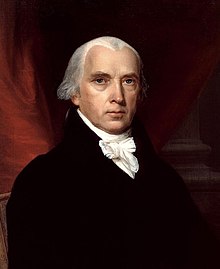Article Three of the United States Constitution

Article Three of the United States Constitution establishes the judicial branch of the federal government. Under Article Three, the judicial branch consists of the Supreme Court of the United States, as well as lower courts created by Congress. Article Three empowers the courts to handle cases or controversies arising under federal law, as well as other enumerated areas. Article Three also defines treason.
Section 1 of Article Three vests the judicial power of the United States in the Supreme Court, as well as inferior courts established by Congress. Along with the Vesting Clauses of Article One and Article Two, Article Three's Vesting Clause establishes the separation of powers between the three branches of government. Section 1 authorizes the creation of inferior courts, but does not require it; the first inferior federal courts were established shortly after the ratification of the Constitution with the Judiciary Act of 1789. Section 1 also establishes that federal judges do not face term limits, and that an individual judge's salary may not be decreased. Article Three does not set the size of the Supreme Court or establish specific positions on the court, but Article One establishes the position of chief justice.
Section 2 of Article Three delineates federal judicial power. The Case or Controversy Clause restricts the judiciary's power to actual cases and controversies, meaning that federal judicial power does not extend to cases which are hypothetical, or which are proscribed due to standing, mootness, or ripeness issues. Section 2 states that federal judiciary's power extends to cases arising under the Constitution, federal laws, federal treaties, controversies involving multiple states or foreign powers, and other enumerated areas. Section 2 gives the Supreme Court original jurisdiction when ambassadors, public officials, or the states are a party in the case, leaving the Supreme Court with appellate jurisdiction in all other areas to which the federal judiciary's jurisdiction extends. Section 2 also gives Congress the power to strip the Supreme Court of appellate jurisdiction, and establishes that all federal crimes must be tried before a jury. Section 2 does not expressly grant the federal judiciary the power of judicial review, but the courts have exercised this power since the 1803 case of Marbury v. Madison.
Section 3 of Article Three defines treason and empowers Congress to punish treason. Section 3 requires that at least two witnesses testify to the treasonous act, or that the individual accused of treason confess in open court. It also limits the ways in which Congress can punish those convicted of treason.
Comments
Post a Comment